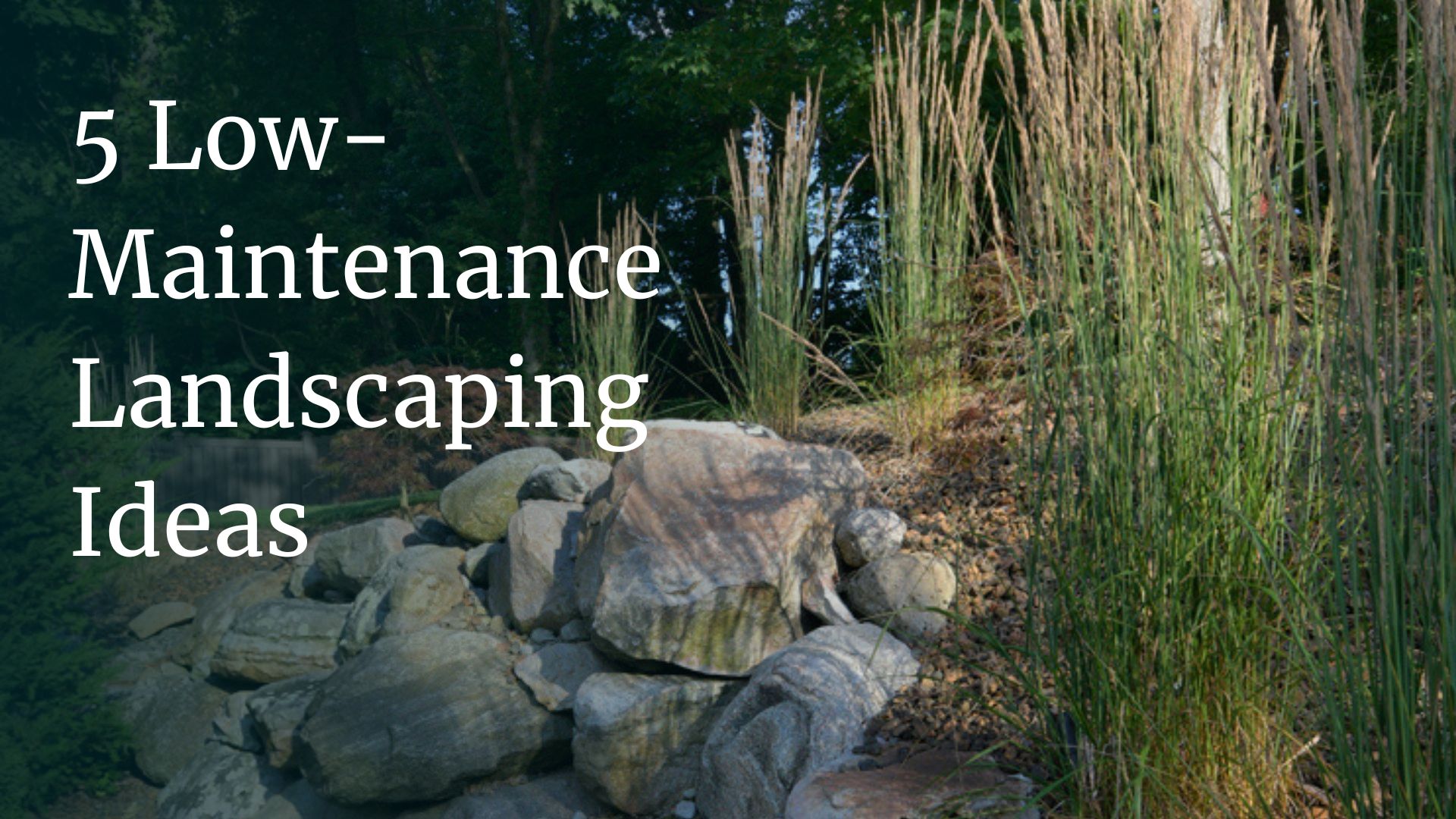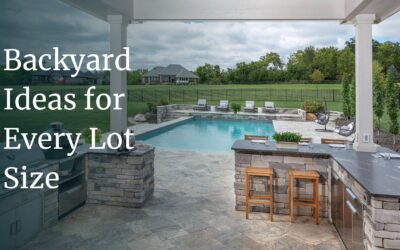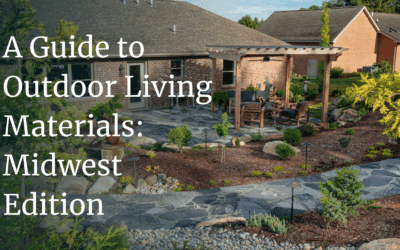Do you spend your weekends and nice weather doing endless outdoor chores? Do you dream about a low-maintenance backyard that you don’t have to constantly work on?
You’re not alone. Many other homeowners are searching for low-maintenance landscaping ideas so they can step outside and enjoy their beautiful outdoor space without constantly worrying about watering, weeding and replacing failed plants.
At The Site Group, we understand the value our clients place on both aesthetics and functionality. We specialize in hands-off outdoor experiences that are still beautiful year after year. Our design-build-maintain approach guarantees your initial investment continues to deliver, long after installation.
Here are five proven strategies for creating a backyard that’s both stunning and surprisingly easy to maintain.
What Makes a Landscape Truly Low-Maintenance?
Before diving into specific design approaches, it’s important to understand what makes a landscape “low-maintenance.” It’s not about cutting corners or choosing the cheapest options. It means making choices to reduce ongoing upkeep, while continuing to maintain visual appeal.
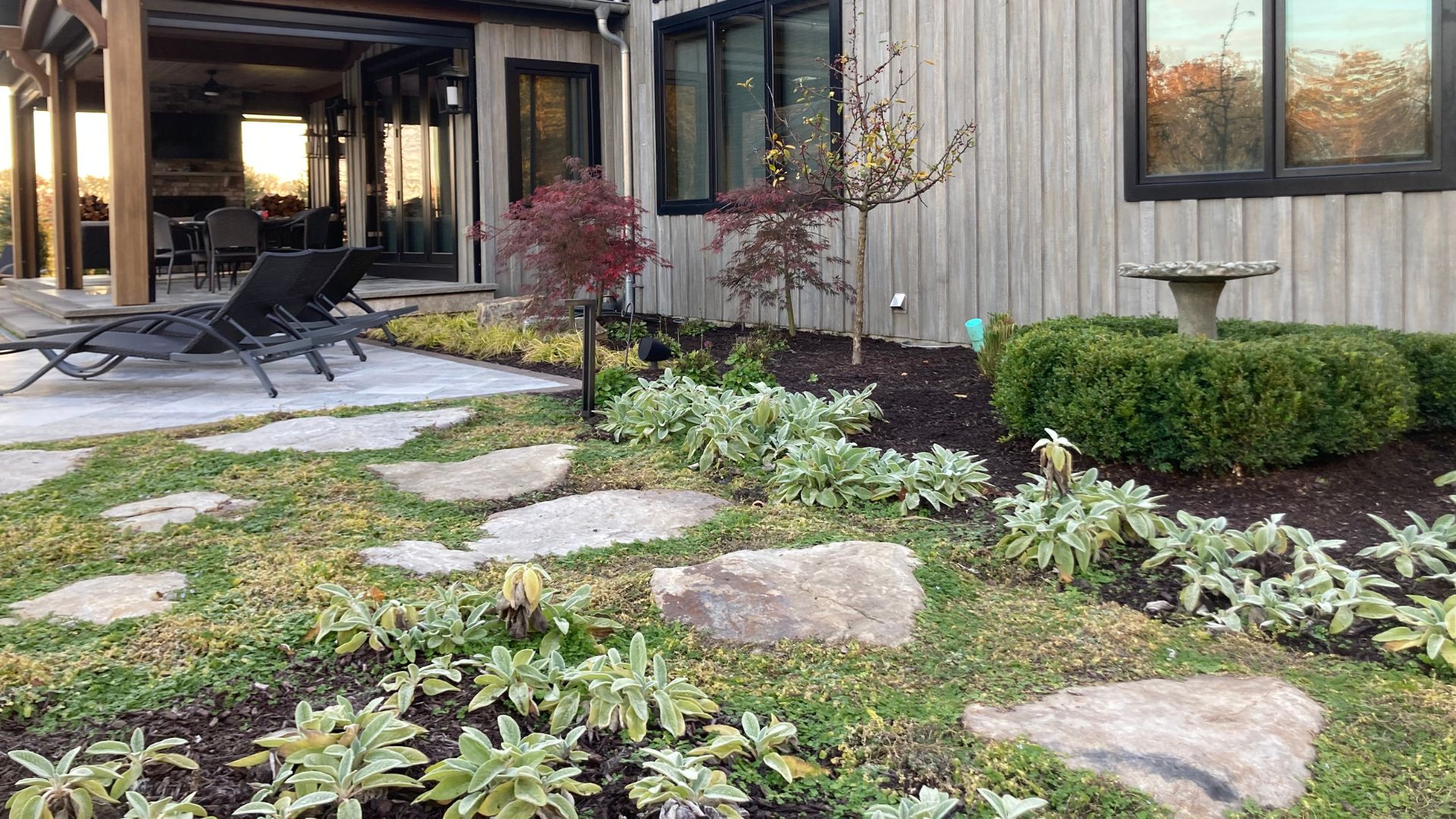
Low-maintenance landscaping focuses on working with natural systems. This means plants that thrive in your specific climate. If you live in a city that’s arid and dry, plants that require lots of water aren’t a low-maintenance option. If you live somewhere that’s cool and rainy, tropical plants won’t fare as well.
The best low-maintenance landscape designs are also designed for your lifestyle. If you travel a lot, you don’t want to stress out about landscape upkeep. You want it to thrive autonomously while you’re gone. If you have a busy family schedule, you want outdoor spaces that enhance your life, rather than adding to your (already full) to-do list.
You want to put designs in place that operate efficiently, without requiring constant adjustments.
1. Strategic Hardscaping: The Foundation of Low-Maintenance Design
Strategic hardscaping forms the backbone of any successful low-maintenance landscape. This approach emphasizes using durable, attractive materials that require minimal ongoing care. Think natural stone, pavers and concrete for your outdoor functional spaces.
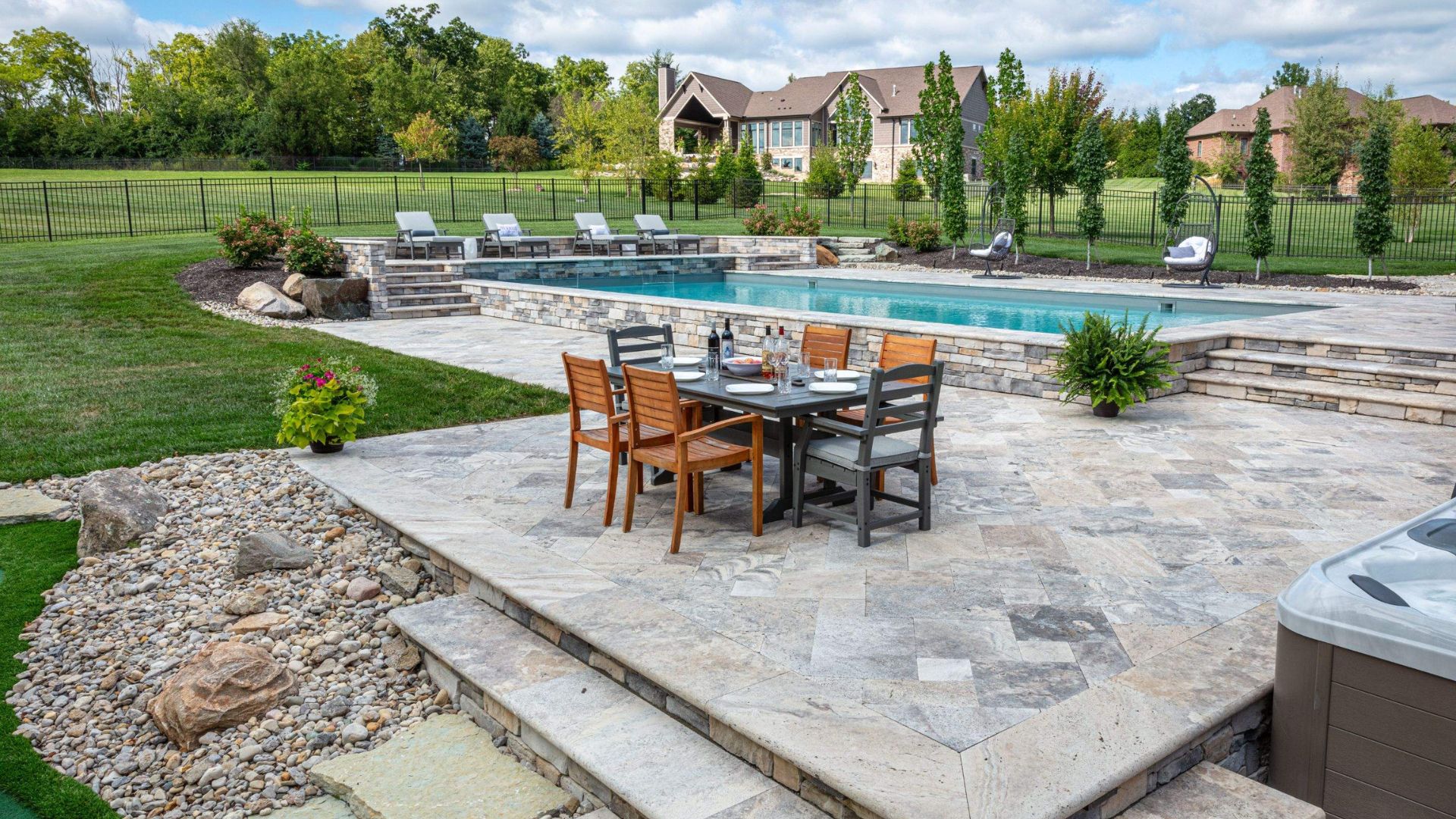
Design Considerations
Quality hardscaping begins with proper site preparation and drainage. You’ll also need to consider spacing – if you include a paver patio, for instance, or another feature like a pergola or gazebo, you’ll want to maintain a good flow throughout your outdoor space.
Material selection is crucial. Natural stone like bluestone or limestone ages gracefully and develops character over time rather than showing wear. Permeable pavers allow water infiltration and provide stable surfaces for outdoor furniture and entertaining areas.

Maintenance Requirements
Well-installed hardscaping typically only needs annual cleaning and occasional joint sand replacement. Sealed surfaces may need resealing every three to five years, depending on exposure and use patterns.
Potential Drawbacks
Large expanses of hardscaping can create heat islands during summer months. Poor installation can lead to settling, cracking or drainage issues that require expensive repairs.
Aesthetics and Design Benefits
Hardscaping provides year-round structure and visual interest. Unlike plantings that change with seasons, quality hardscapes maintain consistent appeal, rain or shine. They also create defined outdoor rooms to maximize your yard.
2. Native Plants: Nature Is Low-Maintenance
Native plant landscaping focuses on species that naturally grow in your region. These plants have adapted to local soil, climate and rainfall patterns over thousands of years to thrive in their home. In the Dayton area, this means incorporating plants like purple coneflower, wild bergamot and native oak species. Native plants are also prized for pollinator gardens, which help the local ecosystem flourish.
Design Considerations
In order to grow beautiful native plants, you need to understand your site’s specific conditions. Soil testing reveals pH levels and nutrient content that can influence plant selection. Microclimates within your property may support different native species depending on sun exposure, moisture levels and wind patterns.
Native plants should be grouped according to their natural habitat preferences. Woodland species do well in partially shaded areas with rich, moist soil, while prairie plants prefer full sun and well-drained conditions. Using the existing nutrients and water patterns can mean long-term savings.
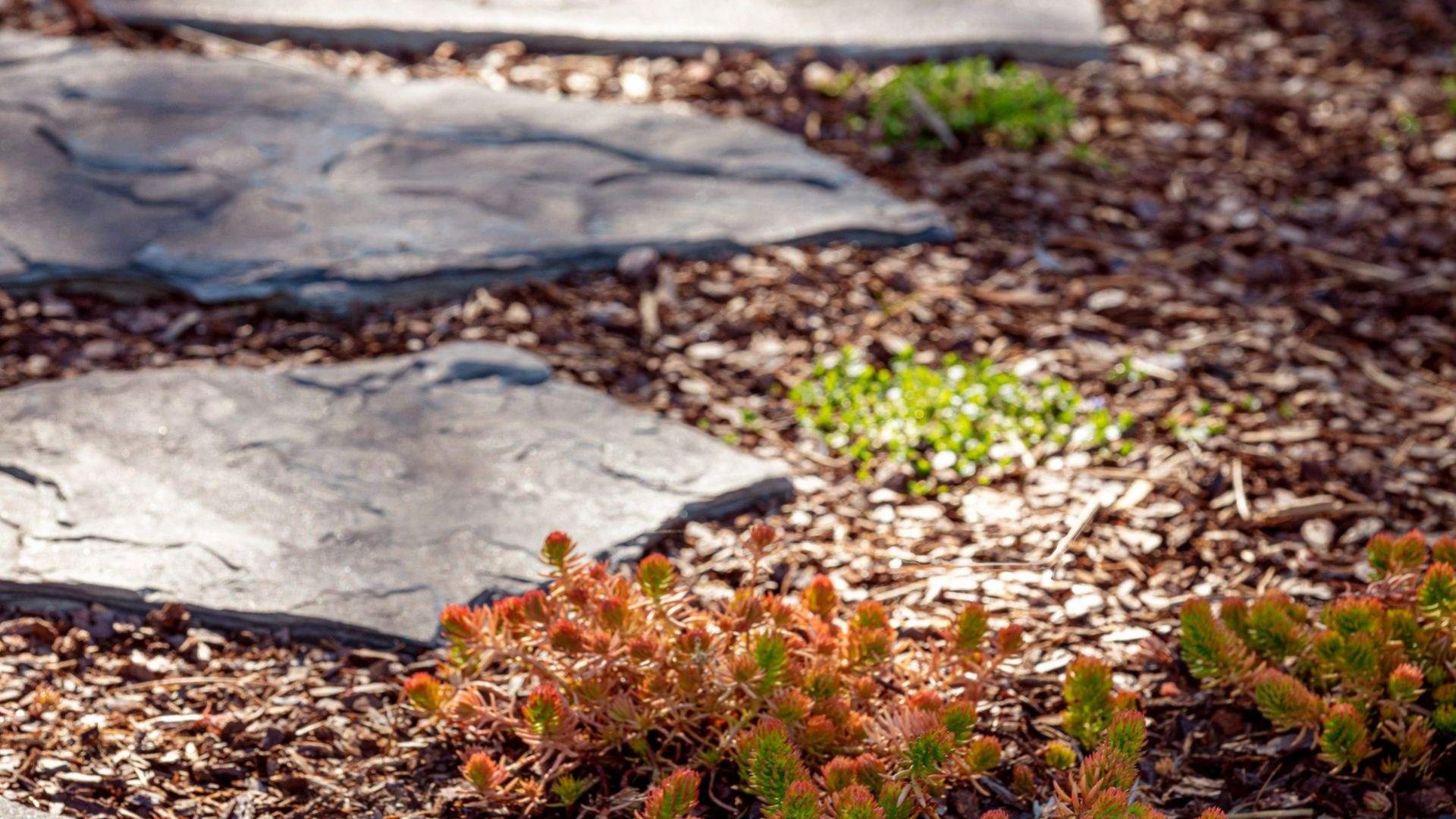
Maintenance Requirements
Annual maintenance is minimal, and primarily includes basic pruning and cutting back dead stems in late winter and occasional selective pruning. Fertilization is rarely necessary because native plants are adapted to local soil conditions.
Potential Drawbacks
Native plants may not provide the formal, manicured appearance some homeowners prefer. Some native species can be aggressive spreaders if not properly managed. It all depends on the aesthetic you’re looking for.
Aesthetics and Design Benefits
Native plants provide beauty that changes naturally with seasons. They support local wildlife, creating vibrant outdoor spaces filled with birds, butterflies and beneficial insects. Many native species offer extended bloom periods and attractive seed heads for winter visual interest.
3. Drought-Tolerant Design: Low Water, Low Maintenance
Drought-tolerant landscaping incorporates plants and design elements that require minimal supplemental watering. These plants are adapted to the fluctuations in your local water patterns. This approach is particularly beneficial during Ohio’s hot summer months, which can experience periods of heavy rain alternating with long dry stretches.
Design Considerations
Soil preparation is critical for drought-tolerant plants. Improving drainage prevents root rot during wet periods while still allowing plants to access deep moisture reserves during dry spells. Adding organic matter and ensuring proper grading creates optimal growing conditions.
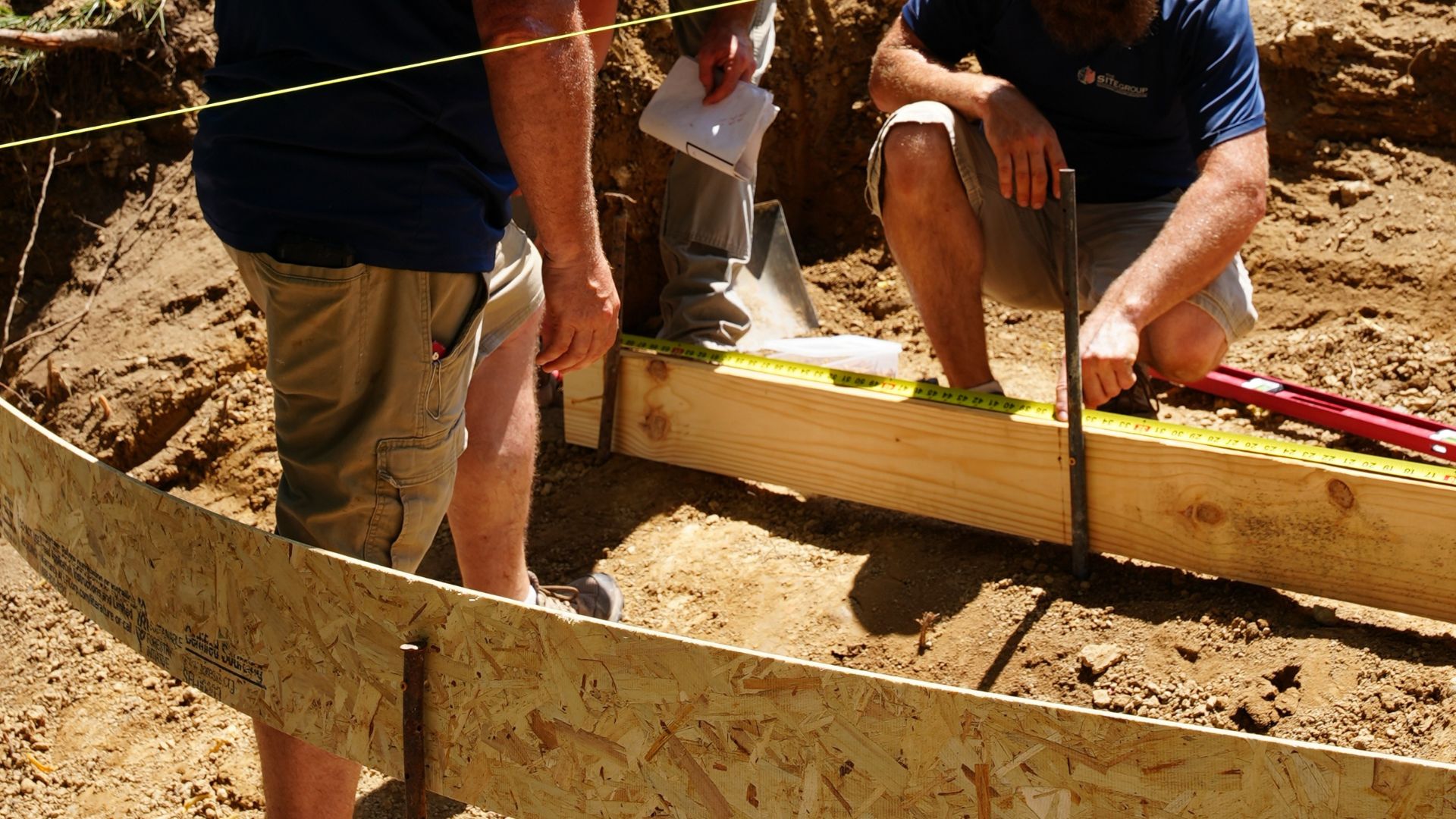
Plant selection should emphasize species with natural water-conservation features like thick, waxy leaves, deep root systems or succulents. Grouping plants with similar water needs helps make for efficient water usage.
Despite the name, drought-tolerant landscapes will still need some water. Drip irrigation and soaker hoses can deliver water directly to root zones with minimal waste. Overall, water savings and reduced plant replacement costs provide ongoing returns.
Maintenance Requirements
Established drought-tolerant plants will require deep, infrequent watering. Annual tasks include removing dead foliage, dividing overgrown perennials and applying mulch to conserve soil moisture.
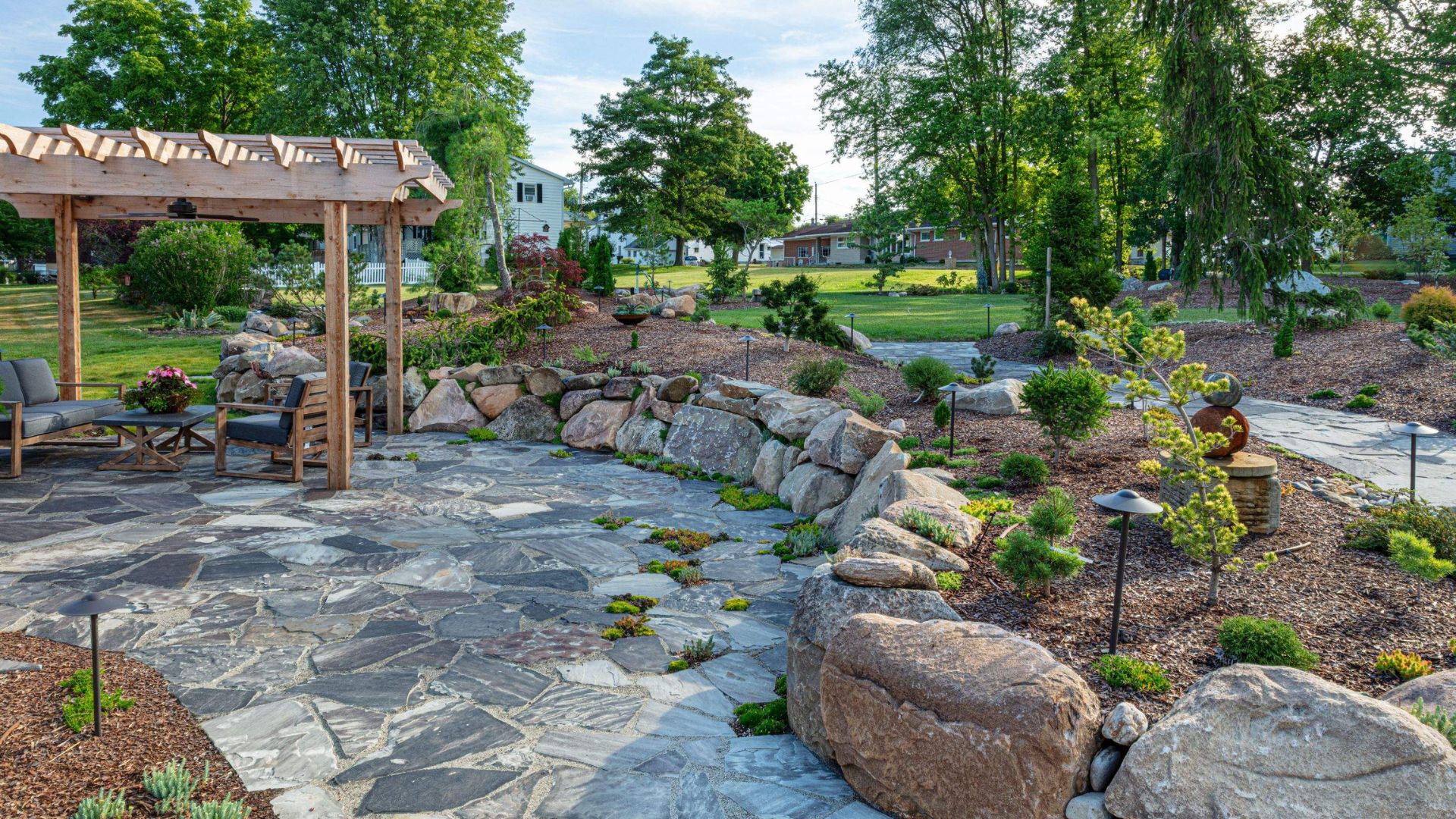
Potential Drawbacks
Drought-tolerant plants might seem sparse compared to traditional landscapes, especially during establishment periods. Some species require specific soil conditions or drainage requirements, which might mean additional landscaping tweaks.
Aesthetics and Design Benefits
Many drought-tolerant plants offer striking architectural forms and unusual textures that create contemporary, sophisticated landscapes. Silver-leafed plants provide excellent contrast against darker backgrounds. Ornamental grasses add movement and sound to outdoor spaces.
4. Strategic Seasonal Succession: Continuous Beauty Through Planned Bloom Times
Seasonal succession planning means selecting plants that bloom at different times. This gives your landscape an ongoing aesthetic appeal. The spring might have lots of tulips in bloom, while in the fall, mums take center stage. This approach creates a naturally changing display that requires no seasonal replanting or constant maintenance.
Design Considerations
Successful succession planting requires understanding bloom periods and selecting complementary species. Early spring bulbs give way to late spring perennials like peonies and iris. Summer features roses and daylilies. Fall highlights asters and ornamental grasses.
Identify flowering times for each of the plants you select. Then create a bloom calendar to see how the whole year will look. Aim for overlapping bloom times to avoid gaps in color. Consider what foliage texture and color will bring to your landscape, too, not just flowers.
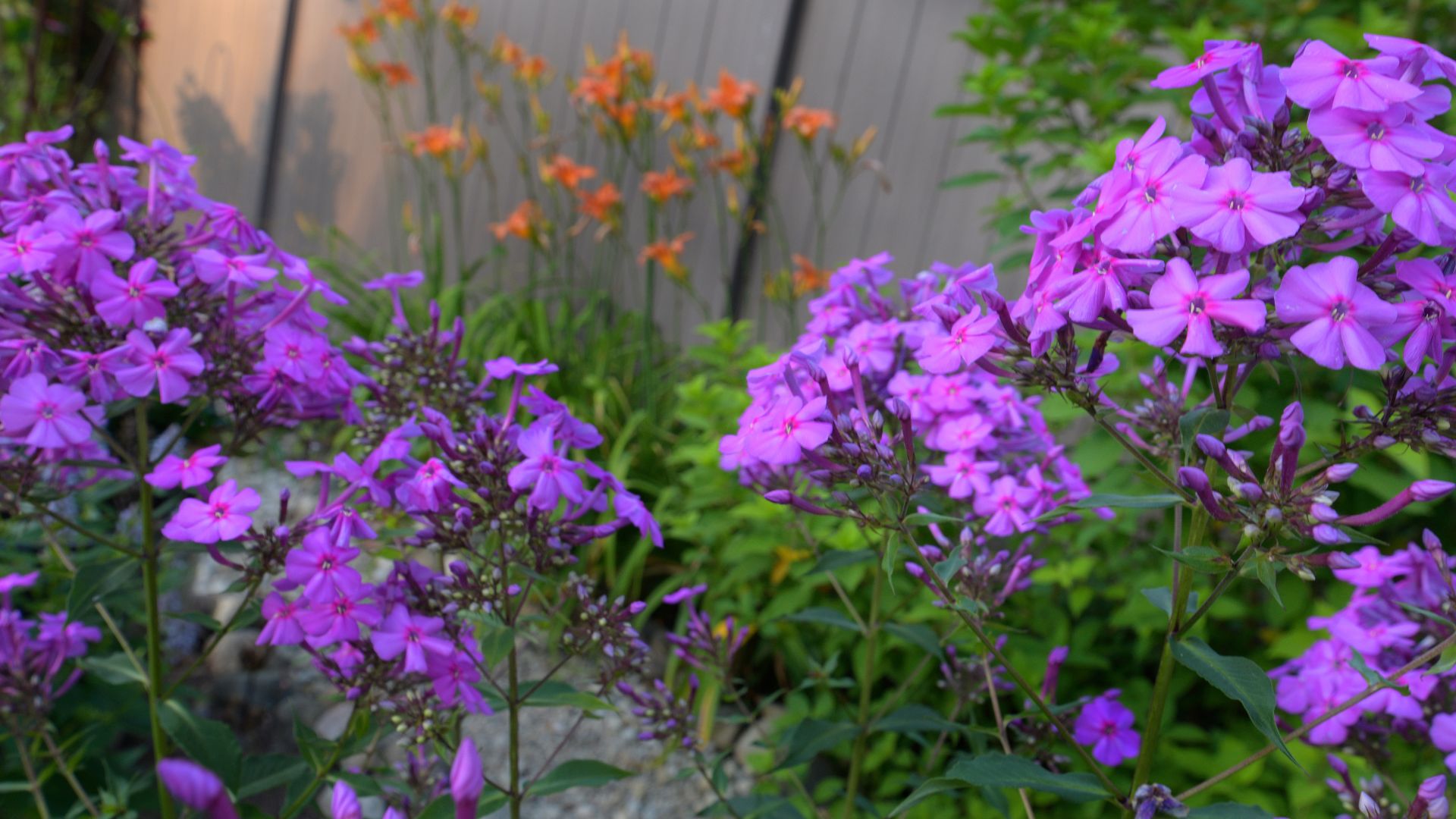
Layering different plant types creates depth and extended interest. Understory plantings provide color when canopy trees are dormant, while evergreen elements give a sense of structure during winter months.
Maintenance Requirements
Succession gardens require minimal selective maintenance timing to preserve bloom sequences. Deadheading old flowers redirects energy to next season’s growth. Strategic pruning maintains plant health without disrupting natural cycles.
Potential Drawbacks
Timing maintenance tasks is important in order to preserve bloom sequences. Generally, succession gardens, when planned out properly, are on autopilot for your year-round enjoyment.
Aesthetics and Design Benefits
Well-planned succession gardens provide constantly changing beauty and variety. Each season brings new highlights while maintaining overall landscape cohesion. This approach creates true four-season interest that enhances property values.
5. Gravel and Stone Mulching: Durable Ground Covers That Enhance Rather Than Detract
Stone and gravel mulching replaces traditional organic mulches. These provide similar benefits while lasting much longer – indefinitely, in fact. Options range from decomposed granite and river rock to crushed stone and decorative aggregates.
Design Considerations
A variety of stone and gravel can be used for hardscaping in a low-maintenance yard. Your selection should complement existing hardscaping and architectural elements. Warm-toned gravels pair well with brick and sandstone. Cool-toned crushed stone complements concrete and limestone features.
For proper installation, you’ll need to use landscape fabric or other barriers to prevent weed growth while still allowing for water infiltration. Edge restraints keep gravel in place and keep clean lines between different landscape areas. Professional installation ensures proper grading and edge details.
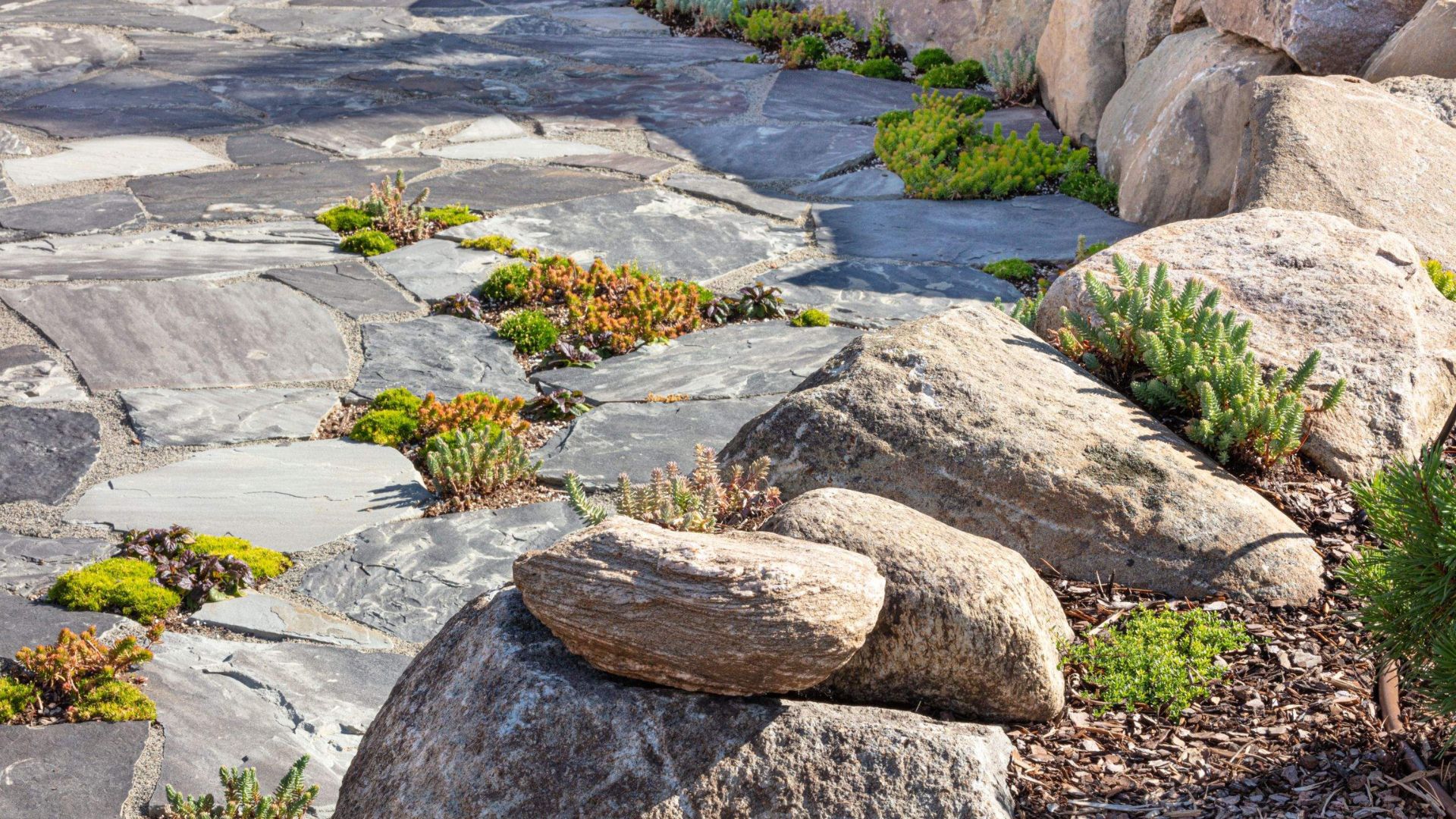
Maintenance Requirements
Stone mulches require minimal maintenance beyond occasional raking to maintain appearance. You may also need to add more material in areas with high foot traffic. Weed control is typically limited to spot treatment of occasional breakthrough growth. Stone almost never needs to be replaced and provides decades of service.
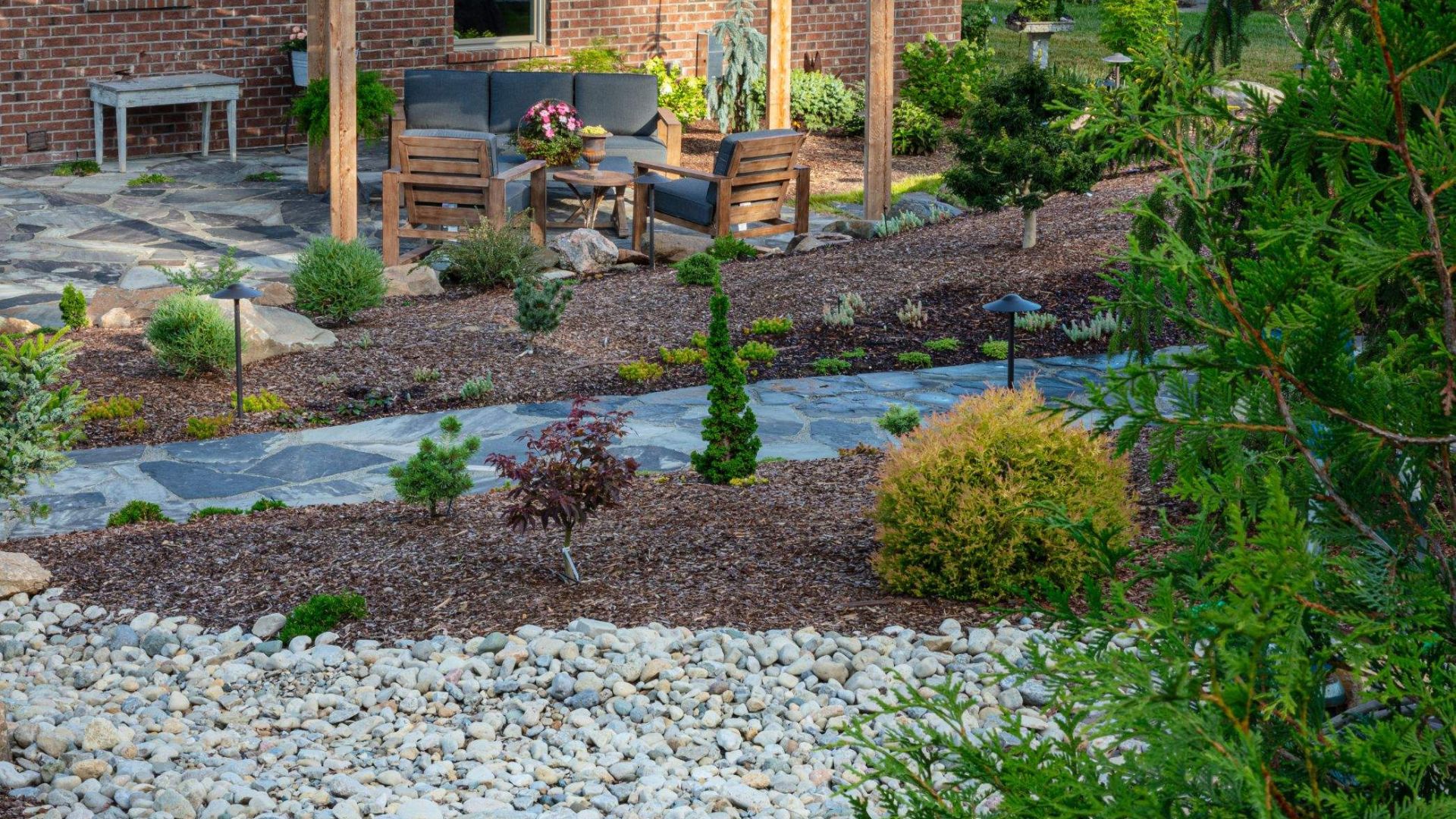
Potential Drawbacks
Stone mulches don’t provide the soil improvement benefits of organic mulches. They can reflect heat and light and be hot to the touch in sunny conditions.
Aesthetics and Design Benefits
Stone mulches provide consistent, year-round appearance that never fades or decomposes. They offer excellent drainage around plant crowns, preventing rot issues common with organic mulches. Many stone types develop attractive patina over time.
Who Benefits Most From Low-Maintenance Landscaping?
Low-maintenance landscapes are particularly valuable for busy homeowners who want beautiful outdoor spaces without weekend maintenance obligations. Folks who want to spend time enjoying their yard – not caring for it with time-consuming tasks – appreciate low-maintenance landscaping ideas.
Empty nesters often appreciate low-maintenance designs that provide beauty without physical demands. Investment property owners benefit from landscapes that maintain appeal with minimal ongoing costs. Families with kids can create informal spaces for play.
Making Your Low-Maintenance Landscape Investment
The most successful low-maintenance landscapes happen with comprehensive planning. This means considering your specific site conditions, lifestyle needs and aesthetic preferences.
At The Site Group, we specialize in translating your vision into reality. Our team understands how to design landscapes that are aesthetically pleasing while minimizing maintenance needs.
Are you ready to transform your outdoor space and not worry about it? Let’s talk about the perfect low-maintenance design for your yard.

